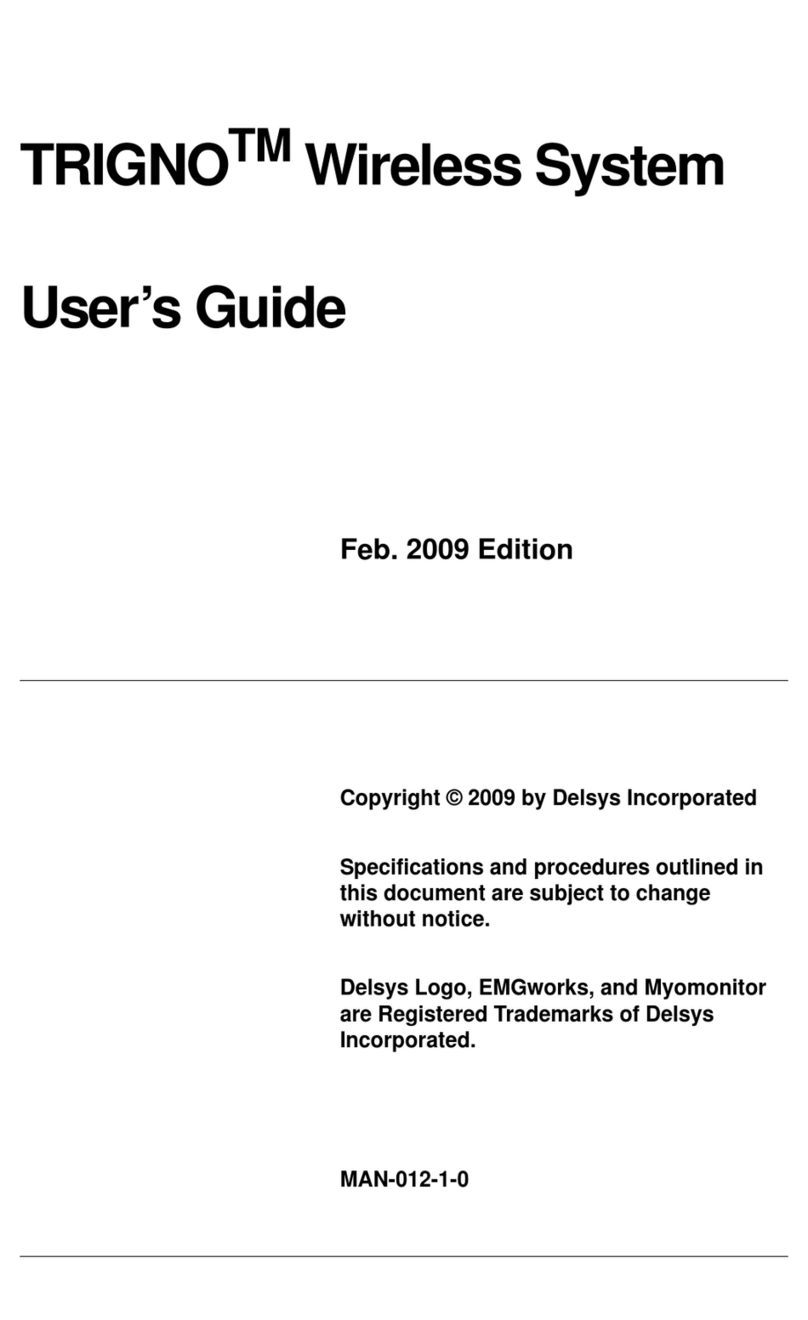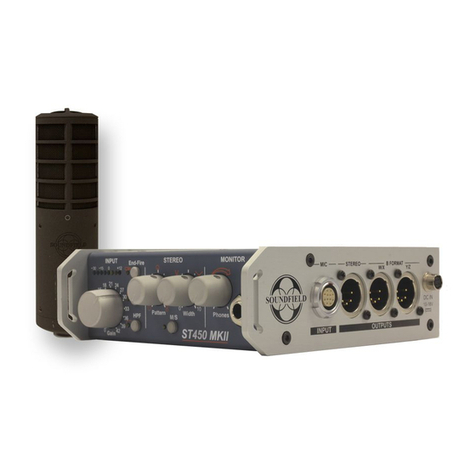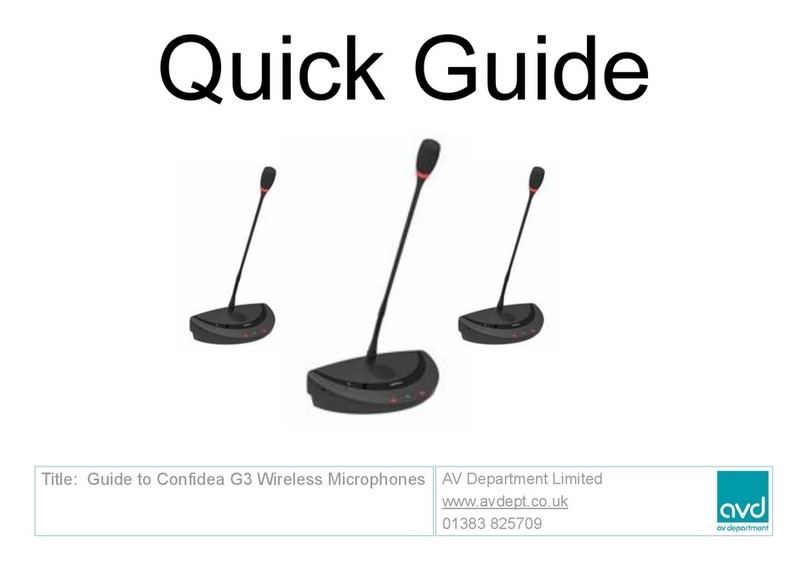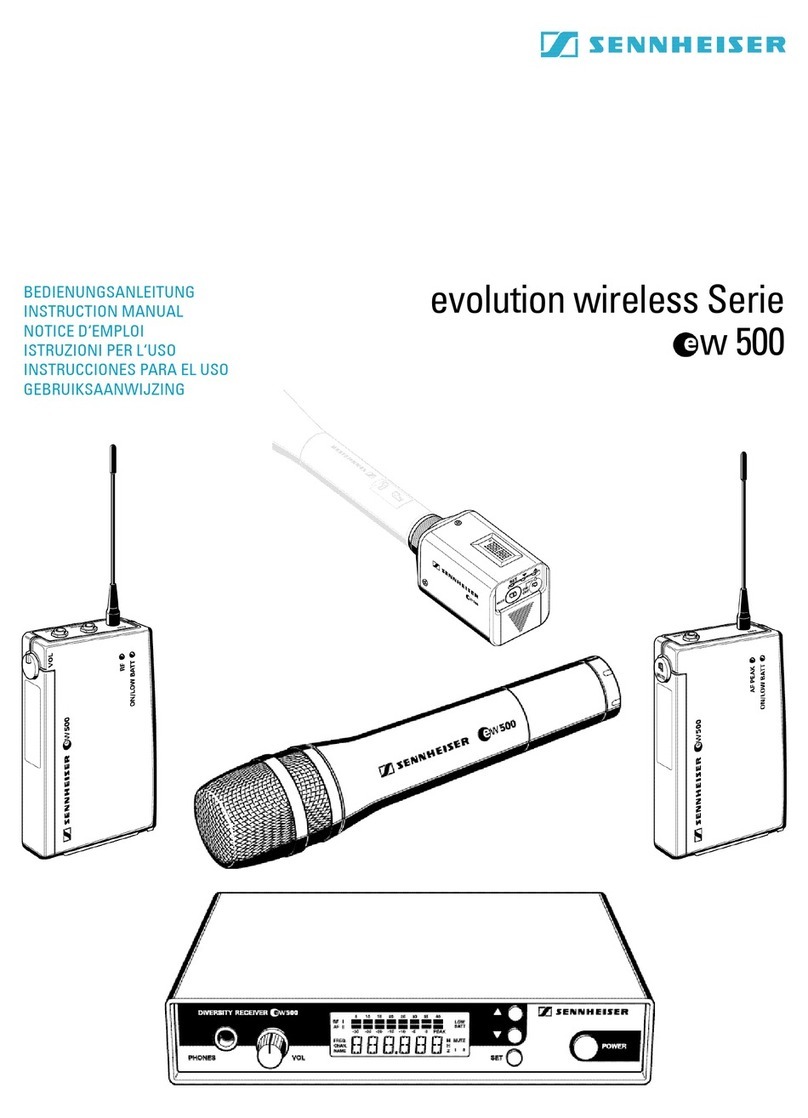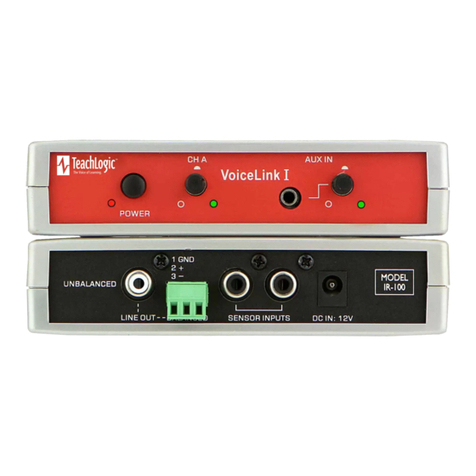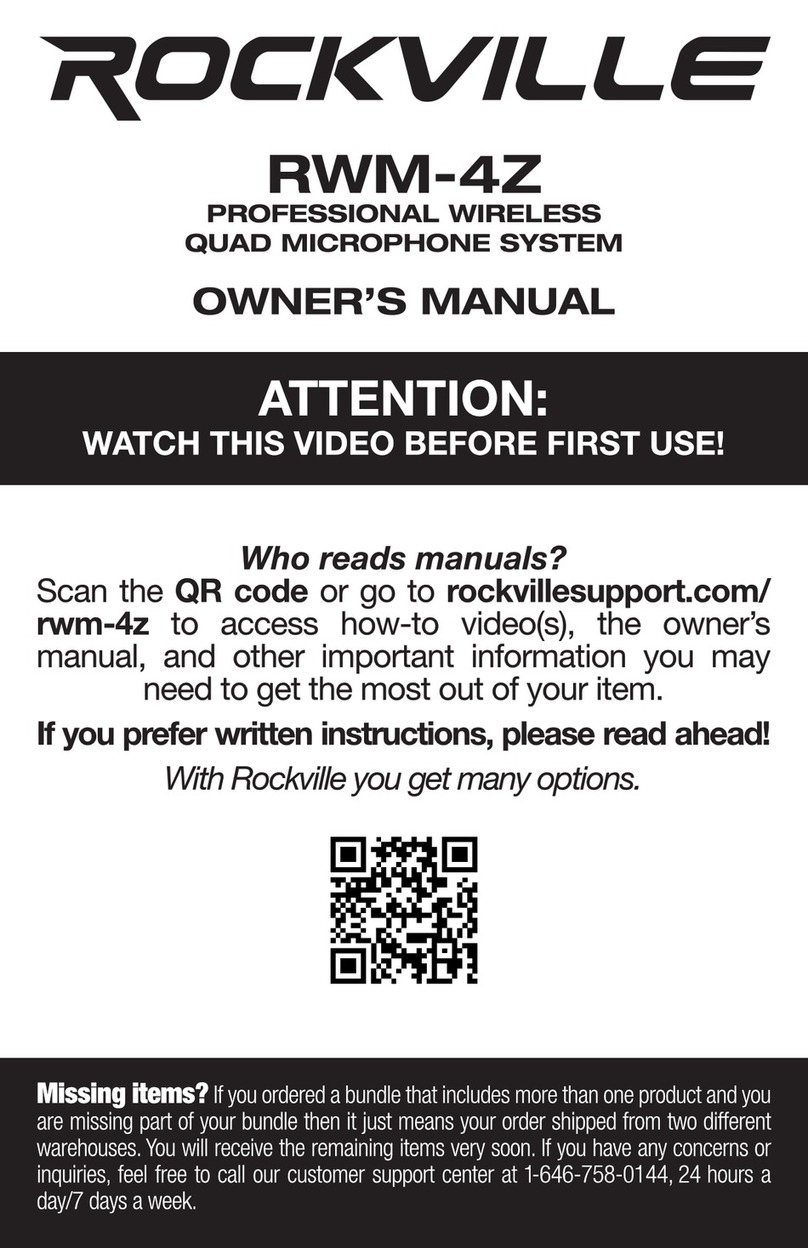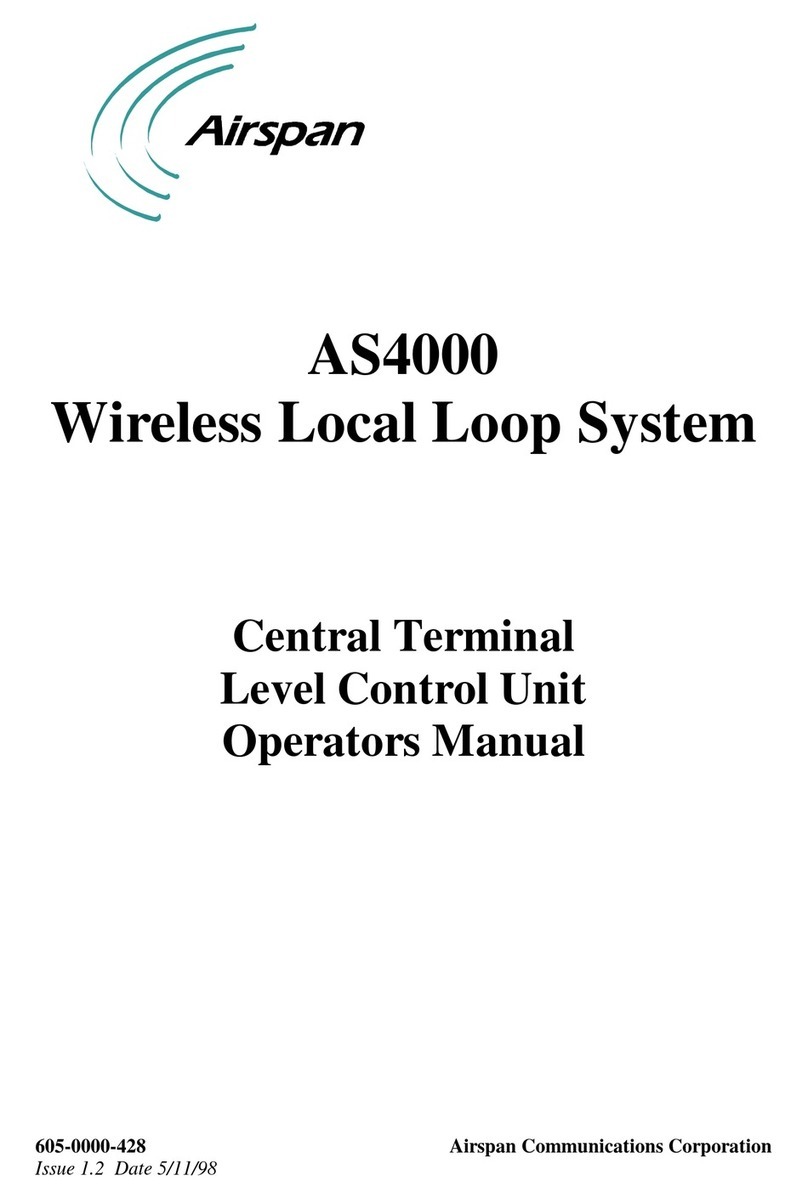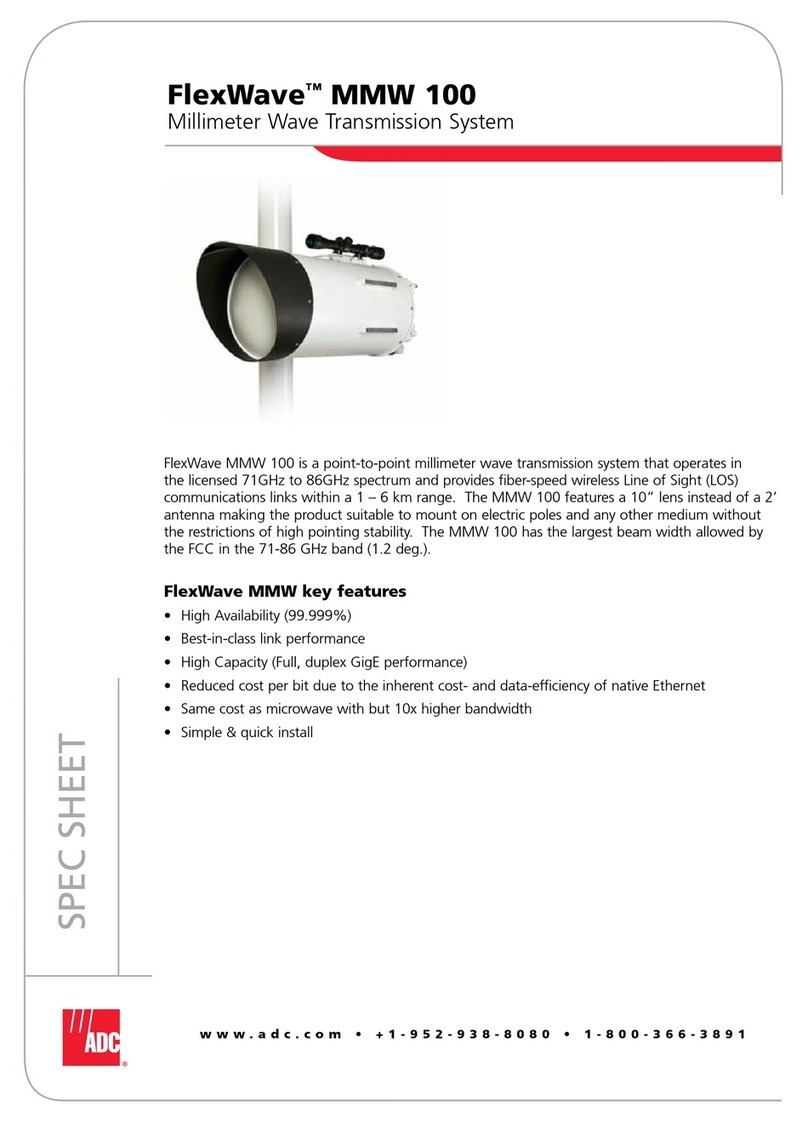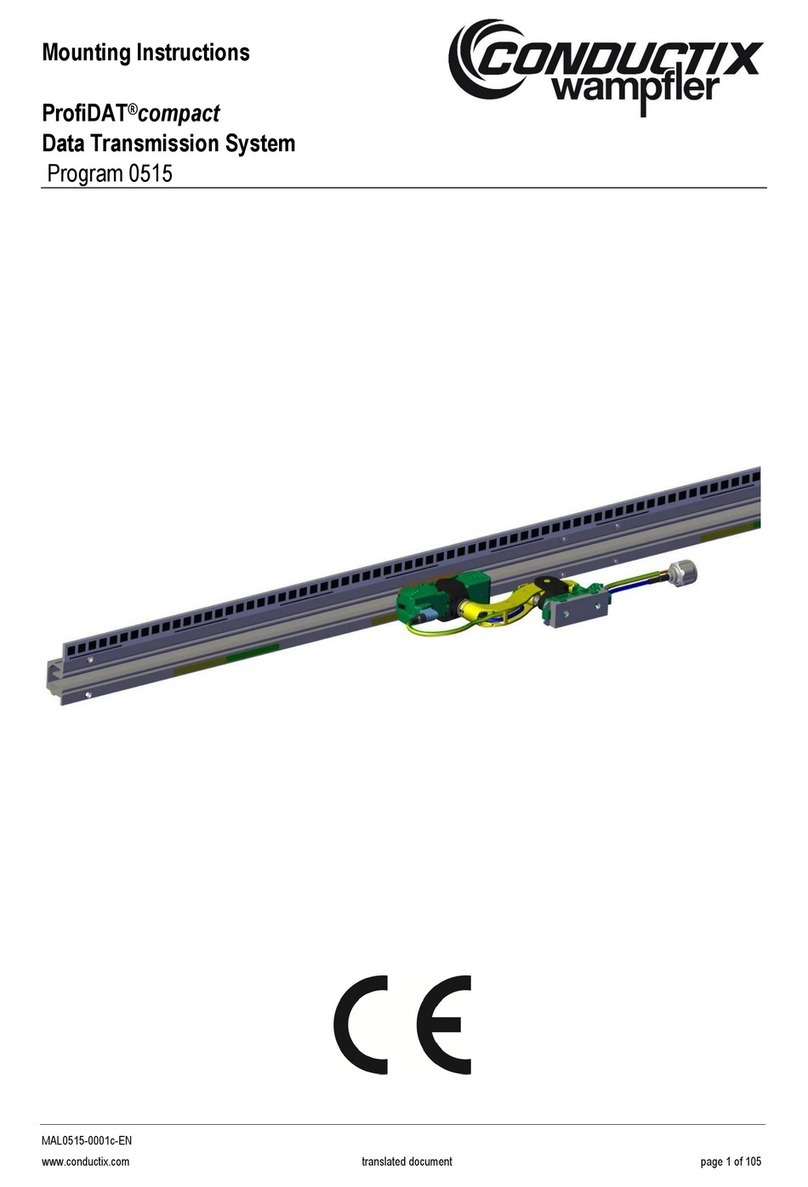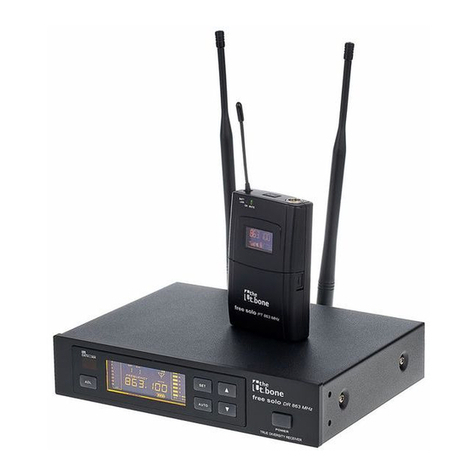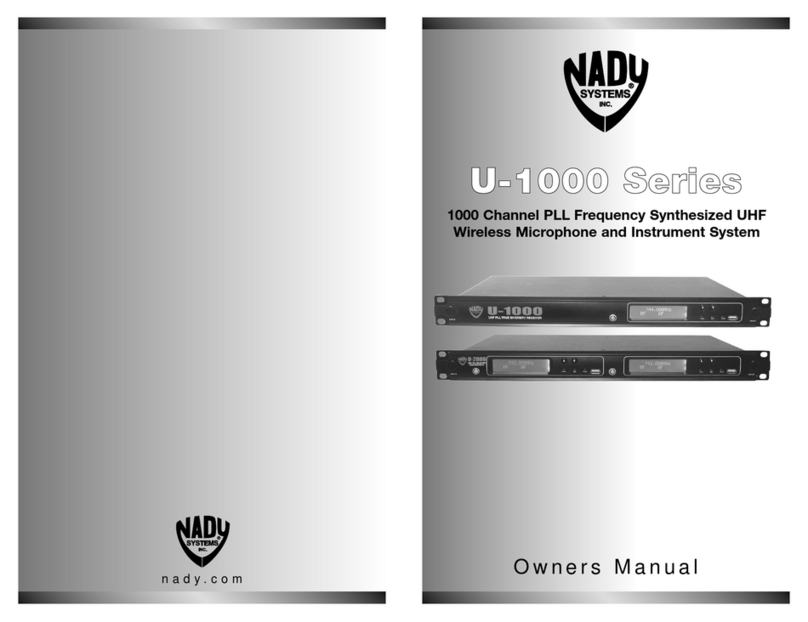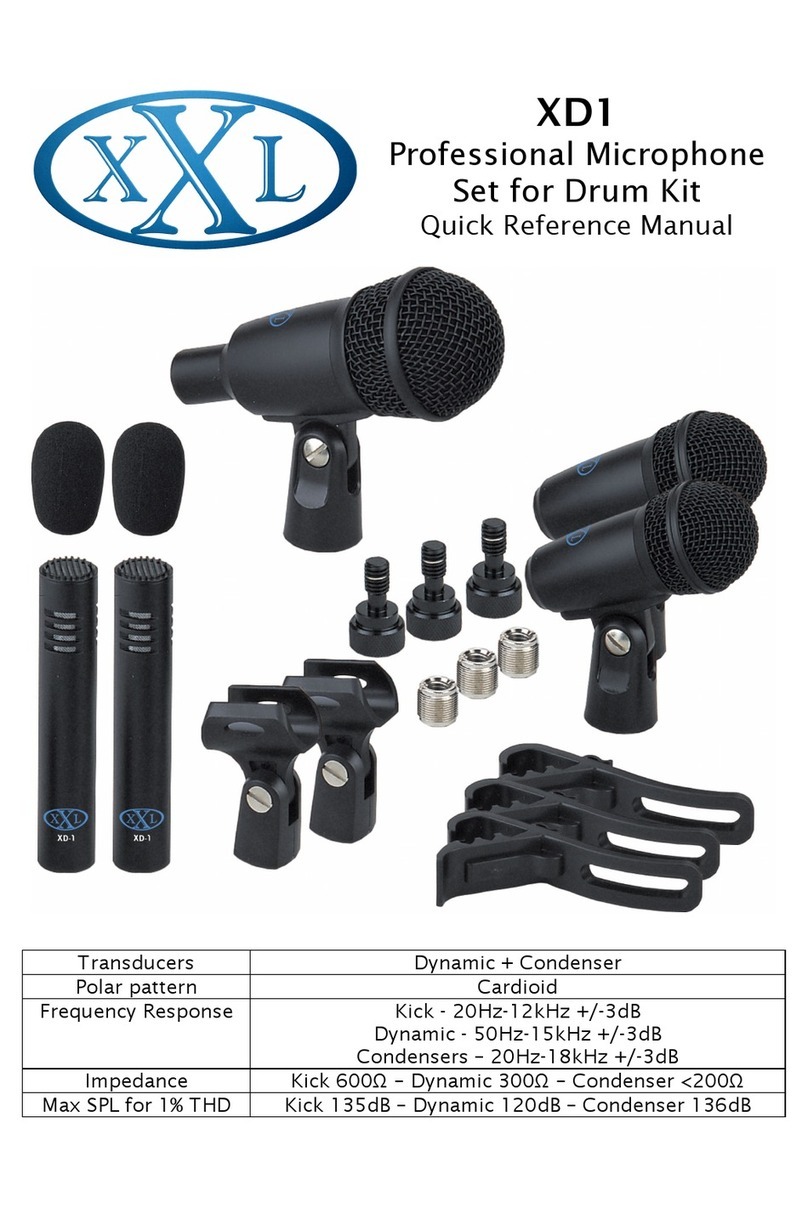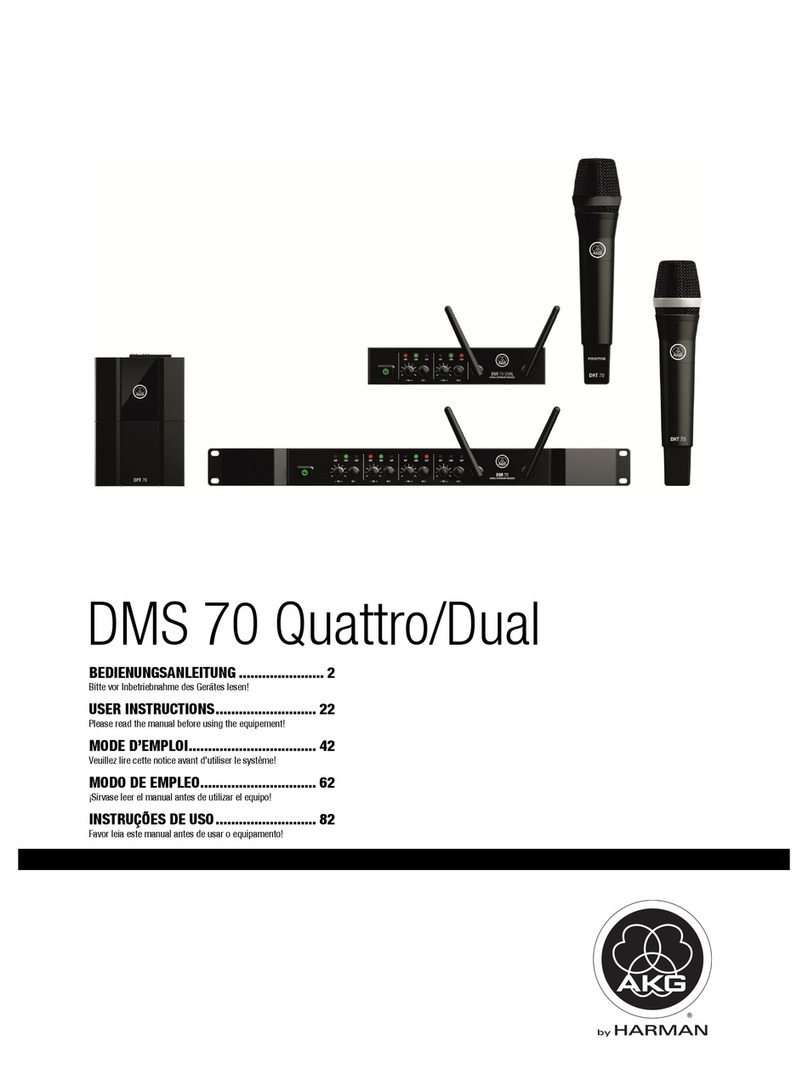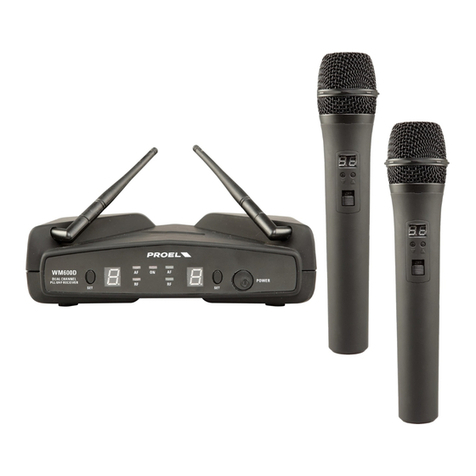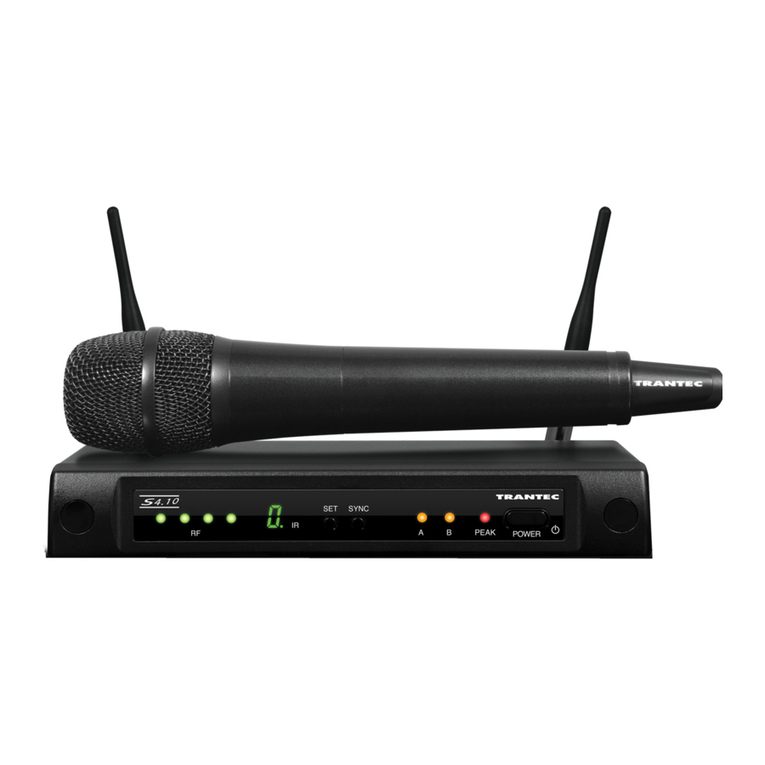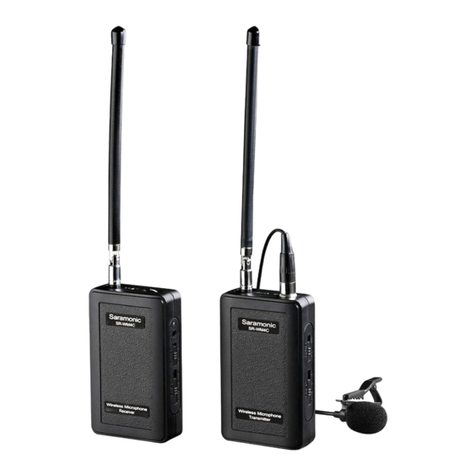Delsys Tringo User manual

TRIGNO Wireless System
User’s Guide
September 2012 Edition
PM-W01
Copyright © 2012 by Delsys Incorporated
Specifications and procedures outlined in
this document are subject to change
without notice.
Delsys Logo, EMGworks, and Myomonitor
are Registered Trademarks of Delsys
Incorporated.
MAN-012-2-4
TM


Table of Contents
Table of Contents....................................................................... 3
Important Information ................................................................. 5
Intended Use........................................................................ 5
Contraindications ................................................................. 5
Technical Service and Support............................................ 5
Warnings and Precautions................................................... 6
Device Information............................................................... 7
Disclaimer ............................................................................ 9
Limited Warranty.................................................................. 9
System Requirements.......................................................... 9
TrignoTM Wireless EMG System Overview............................. 10
Wireless EMG Sensor........................................................ 10
Sensor LED Indicator Status ....................................... 11
Base Station....................................................................... 11
Power Supply..................................................................... 12
Getting Started with the TrignoTM System............................... 13
Software Installation........................................................... 13
Powering the Base Station................................................. 13
Connecting the Base Station ............................................. 13
Charging the Sensors ........................................................ 14
Acquiring Data in EMGworks Acquisition........................... 15
Sampling the Analog Outputs ............................................ 15
Digital Outputs (Trigno SDK) ............................................. 15
Using the Wireless EMG Sensors............................................ 16
Orienting the EMG Sensors on the Skin............................ 16
Cleaning the Sensor Site ................................................... 16
Applying the Trigno Adhesive Skin Interfaces ................... 16
Turning the Sensors ON .................................................... 17
Trigno Sensor Status Console........................................... 17
Turning the Sensors Off..................................................... 18
Using the Analog Outputs......................................................... 19
Analog Output Connectors................................................. 19
Channels 1-16, EMG Signals...................................... 19
Channels 1-64, all Signals........................................... 19
Screw Terminal Connections....................................... 20
Trigno Control Utility Software ........................................... 21
Installing the Software................................................. 21
Launching the Software............................................... 21
Configuration Options for Trigno System ................................. 23
Accessing Configuration Options....................................... 23
Trigno System Information................................................. 24

Trigno System Settings...................................................... 25
Mode Control (Analog Output Software Only) ................... 26
Test Panel.......................................................................... 26
Additional Sensor Information .................................................. 28
Sensor Pairing ................................................................... 28
Sensor Factory Calibration ................................................ 29
Smart Sensors ................................................................... 30
Sensor Modes in EMGworks ............................................. 30
Using Tandem Trigno Systems................................................ 31
Initial Connectivity........................................................ 31
Communication Frequencies....................................... 31
Synchronization........................................................... 31
User Interface.............................................................. 32
Maintenance and Care............................................................. 33
Trigno Sensors................................................................... 33
Trigno Base Station ........................................................... 33
Specifications ........................................................................... 35
Trigno Sensors................................................................... 35
Trigno Recharging Base Station........................................ 37
Appendix I................................................................................. 39
Mains Isolation................................................................... 39
Appendix II................................................................................ 40
DC-A22 Unterminated Output Cable ................................. 40
Installation.......................................................................... 40
DC-A22 Conductor Assignments....................................... 41

5
Important Information
Intended Use
The TrignoTM Wireless EMG Systems are battery-powered biofeed-
back devices intended for research, investigational and scholarship
purposes only. Delsys®products are not intended for measurement
purposes or for use in the treatment and diagnosis of disease. Inter-
pretation of the EMG signal by a qualified professional is required.
Rx ONLY
Contraindications
Technical Service and Support
For information and assistance visit our web site at:
www.delsys.com
Contact us at:
E-mail: [email protected]
Telephone: (617) 236 0599
DO NOT USE on Patients with implanted electronic devices of any
kind, including cardiac pace-makers or similar assistive devices, elec-
tronic infusion pumps, and implanted stimulators.
DO NOT USE on irritated skin or open wounds.
DO NOT USE on Patients with allergies to Silver.

6 Trigno Wireless System User’s Guide
TM
Warnings and Precautions
Consult all accompanying documents for precautionary statements
and other important information.
Consult accompanying user’s guide for detailed instructions.
Keep the device dry. The presence of liquids may compromise the
safety features of the device.
Handle with care.
Sensitive electronic device. Avoid static discharges. Do not operate or
store near strong electrostatic, electromagnetic, magnetic or radioactive
fields. Interference from external sources may decrease the signal-to-
noise ratio or result in corrupted data.
Connect only to Delsys-approved devices.
Connecting a patient to high-frequency surgical equipment while
using Delsys EMG systems may result in burns at the site of the EMG
sensor contacts.
Immediately discontinue device use if skin irritation or discomfort
occurs.
Immediately discontinue device use if a change in the device’s perfor-
mance is noted. Contact Delsys technical support for assistance.
Delsys Inc. guarantees the safety, reliability, and performance of the
equipment only if assembly, modifications and repairs are carried out
by authorized technicians; the electrical installation complies with the
appropriate requirements; and the equipment is used in accordance
with the instructions for use.
Device contains a Lithium-Polymer battery. Do not damage, crush,
burn, freeze or otherwise mishandle the device. Recharge only with the
approved power supply and recharger.
Trigno Systems should be stored and operated between 5 and 50
degrees Celsius due to the presence of an internal Lithium Polymer
rechargeable cell. Storing or operating the device, and consequently the
cell, outside of this temperature range may compromise the integrity
and the safety features of the cell.

7
Device Information
Complies with Requirements put forth by the Medical Device Direc-
tive 93/42/EEC. Class I device, Annex VII.
Type BF device (IEC 60601-1)
Isolated device, (Class II, IEC 60601-1)
Do not dispose this product with house waste. Contact Delsys Inc. for
instructions on responsibly disposing this device. This product should
not be mixed with other commercial wastes.
Date of Manufacturing (appears on device)
Serial Number (appears on device)
FCC ID: W4P-SP-W02 (Trigno Base Station)
FCC ID: W4P-SP-W05 (Trigno Sensor)
FCC ID: W4P-SP-W01 (Trigno Sensor)
IC: 8138A-DST01 (Model: Trigno Wireless EMG System)
IC: 8138A-SPW05 (Model: SP-W05)
This device complies with Part 15 of the FCC Rules and Industry Can-
ada’s RSS-210 License Exempt Standards. Operation is subject to the
following two conditions: (1) This device may not cause harmful inter-
ference. and (2) this device must accept any interference received,
including interference that may cause undesired operation.
This product complies with FCC OET Bulletin 65 radiation exposure
limits set forth for an uncontrolled environment.
REPEC
EMERGO EUROPE
Molenstraat 15
2513 BH, The Hague
The Netherlands
DELSYS INC.
650 Beacon St.
Boston MA 02215
USA
Authorized Representative Manufacturer

8 Trigno Wireless System User’s Guide
TM
Changes not expressly approved by Delsys Inc.could void the User’s
authority to operate the equipment
To reduce potential radio interference to other users, the antenna type
and its gain should be so chosen that the equivalent isotropically radi-
ated power (EIRP) is not more than that required for successful com-
munication.
This equipment has been tested and found to comply with the limits
for a Class B digital device, pursuant to Part 15 of the FCC Rules.
These limits are designed to provide reasonable protection against
harmful interference in a residential installation. This equipment gen-
erates, uses, and can radiate radio frequency energy and, if not installed
and used in accordance with the instructions, may cause harmful inter-
ference to radio communications. There is no guarantee that interfer-
ence will not occur in a particular installation. If this equipment does
cause harmful interference to radio or television reception, which can
be determined by turning the equipment off and on, the user is encour-
aged to try to correct the interference by one or more of the following
measures:
• Reorient or relocate the receiving antenna.
• Increase the separation between the equipment and receiver.
• Connect the equipment into outlet on a separate circuit.

9
Disclaimer
DELSYS INC. makes no warranties, express or implied, as to the
quality and performance of this product including but not limited
to, any implied warranty of applicability for other than research
uses by qualified individuals. DELSYS INC. shall not be liable to
any person for any medical expenses or any direct or consequential
damages resulting from any defect, failure or malfunction, whether
a claim for such damages is based upon theory of warranty, con-
tract, tort or otherwise. No representative, agent, or licensed practi-
tioner is authorized to waive this disclaimer. DELSYS INC. makes
no diagnosis or prescription by virtue of anything about this prod-
uct.
System Requirements
•EMGworks 4.0.9 or later
•Windows 7, Windows Vista or Windows XP with service pack
3. 64-bit or 32-bit operating systems supported. Windows 7 is
recommended for optimal performance.
•One USB 2.0 port
•At least 2.0 GHz processor clock speed
•At least 2 GB system memory
•1280x1024 (SXGA) display resolution or better
•1 GB hard disk storage (minimum)
•Users of Windows 7 and Vista can simply ensure that they have
a Windows Experience Index of 4.0 or greater.

10 Trigno Wireless System User’s Guide
TM
TrignoTM Wireless EMG System Overview
The TrignoTM Wireless EMG System is a high-performing device
unparalleled in its sophistication, its reliability and its ease-of-use.
Each EMG sensor has a built-in triaxial accelerometer, a
guaranteed transmission range of 40 m and a rechargeable battery
lasting a minimum of 7 hours. The system is capable of streaming
data to EMGworks Acquisition and Analysis software, and of
generating 16 EMG and 48 accelerometer analog channels for
integration with motion capture and other 3rd party data
acquisition systems. Full triggering features further expand the
possibility for integration with additional measurement
technologies.
Wireless EMG Sensor
Each Trigno Sensor is equipped with the following features:
•transmission range of 40m
•inter-sensor latency < 500us (< 1 sample period)
•self-contained rechargeable battery
•EMG signal bandwidth 20- 450 Hz
•EMG signal sampling rate up to 4000 samples/sec
•EMG baseline noise of <750 nV RMS
•CMRR > 80dB
•16-bit EMG signal resolution
•integrated triaxial accelerometer
•software selectable accelerometer sensitivity of ± 1.5g or ±6g
•LED User feedback
•battery charge monitoring and status indicator
•environmentally sealed device
•proven parallel bar electrode technology
•contoured sensor-skin interface for maximum signal stability
•auto shutoff
Figure 1. Trigno wireless 4-channel sensor.
Inertial Sensing Axes EMG Electrodes

11
Sensor LED Indicator Status
Base Station
Figure 2. Trigno Base Station.
Each Base Station is equipped with the following features:
•recharging cradle for 16 sensors
•high speed USB communication with PC
•64-channel analog output connector (16 EMG, 48 ACC)
•± 5V analog output range
•detachable antenna
•full trigger capability (Start/Stop, Input/Output)
•communication & power feedback LEDs
•convenient carry case design
Status LED Behavior LED
Data Streaming Flashing green, 1 Hz
Scanning Alternating green/amber flash, 1Hz
Pairing Successful Rapid green flashing, 3x, button depressed
Pairing Unsuccessful Rapid red flashing, 3x, button depressed
Mode Switch Rapid green flashing, 3x
Firmware Update Rapid green flashing, 3x
Battery Charging Solid amber, in cradle
Charging Complete Solid green, in cradle
Charging Error LED off, sensorin cradle, cradle powered up
Sensor Off LED off
1Wireless Sensor 5Analog Output Connectors
2Base Station 6Trigger Port
3USB Port 7Antenna
4Power Jack/Power Supply 8EMGworks Software
12
6
4
7
5
3

12 Trigno Wireless System User’s Guide
TM
Power Supply
Trigno Systems are equipped with an isolated medical grade power
supply. The green power LED on the base station will illuminate
when power is connected to the Base Station. The power supply is
provided with interchangeable country-specific plug adapters. The
power supply can be conveniently stored in the Base Station storage
space when the system is not in use.
Figure 3. Trigno SC-P05 International Medical Power Supply with plug
adapter kit.
Trigno System are specifically designed and approved to
function only with the Power Supply provided. Power Supply
substitutions constitute a violation of the medical safety
approvals and will void the warranty.
If using a mains-powered PC then an additional isolation
transformer is required for medical compliance to IEC60601-1.
Refer to Appendix I for further details. No PC isolation is
required for operation on a battery-powered laptop.

13
Getting Started with the TrignoTM System
Software Installation
The Trigno EMG system is controlled by a PC through the USB
port, and thus requires specialized software. Trigno Systems
include a Delsys Software DVD containing EMGworks Signal
Acquisition and Analysis Software and the Trigno Control Utility
software for use with 3rd party data acquisition systems.
Install EMGworks from the Delsys Software DVD prior to
connecting the Trigno Base Station to the computer.
Powering the Base Station
Connect the Trigno power supply to the circular DC jack located
on the side of the Base Station. Energize the power supply by con-
necting it to a Mains outlet or to an isolation transformer. Ensure
that the PC to be used with the Base Station is connected to the
same isolation transformer. Please refer to Appendix I for clarifica-
tion on using an Isolation Transformer. The power LED on the
Base Station will illuminate anytime power is applied. Ensure that
the Base Station antenna is securely attached to the antenna con-
nector.
Figure 4. Connecting the Trigno Base Station power supply.
Connecting the Base Station
It is important to install EMGworks software prior to connecting
the Base Station to the PC. If not, the “Found New Hardware”
dialog will appear and Windows will prompt for a driver location.
Cancel this dialog and install EMGworks from the Delsys DVD in
order to register the Trigno drivers with the operating system.

14 Trigno Wireless System User’s Guide
TM
Once the software is correctly installed, the PC will automatically
detect the Trigno Base Station when connected to the USB port.
Charging the Sensors
Before using the system, the sensors should be fully charged by
placing them in the Base Station cradle slots. Ensure the Base Sta-
tion is powered and that the green power LED is illuminated.
When charging, the sensor LEDs will illuminate to an amber color.
Once the sensor battery is fully charged the sensor LED will turn
green. A complete charge cycle from a fully depleted sensor takes
approximately 2.5 hours.
Do not force the sensors into the recharging cradles of the Base
Station. The sensors are keyed so that they can only be inserted
in one orientation. Check the sensor orientation and check for
obstructions in the cradle if physical resistance is met while
cradling the sensors.
Recharge only with the approved power supply (SC-P05)
originally included with the system. Charging with any other
power supply may damage the device and will void the
warranty.
Figure 5. Sensor LED feedback for battery charging status.
Charging Charge
Complete

15
Acquiring Data in EMGworks Acquisition
Refer to the “Acquiring and Plotting Data” video tutorial
(provided on the DVD) for a brief introduction to configuring the
EMGworks software with the Trigno system. This and additional
EMGworks tutorials can be found on our website.
Refer to the EMGworks documentation (accessible in the Help
menu of the software) for detailed instructions on setting up data
collection in EMGworks.
Whenever data are collected in EMGworks, the analog outputs on
the base station are also active, so it is possible to collect data in
EMGworks and in a secondary data acquisition system
simultaneously.
Sampling the Analog Outputs
If samplig the analog output signals from the Trigno System using
a 3rd party data acquisition system, refer to the “Using the Analog
Outputs” section of this guide.
Digital Outputs (Trigno SDK)
The Trigno SDK presents digital outputs that can be read into sev-
eral common data collection platforms. Please refer to our online
help for more information.

16 Trigno Wireless System User’s Guide
TM
Using the Wireless EMG Sensors
Orienting the EMG Sensors on the Skin
Trigno EMG Sensors employ 4 silver bar contacts for detecting the
EMG signal at the skin surface. It is crucial that the orientation of
these bars be perpendicular to the muscle fibers for maximum
signal detection. The top of the sensor is shaped with an arrow to
aid in the determination of this orientation. The arrow should be
placed parallel to the muscle fibers underneath the sensor. The
sensor should also be placed in the center of the muscle belly away
from tendons and the edge of the muscle. The sensor is easily
attached to the skin using the Delsys Adhesive Sensor Interface.
Figure 6. EMG Sensors must be properly oriented with the muscle fibers. Align
the sensor’s arrow with the direction of the underlying muscle fibers.
Cleaning the Sensor Site
Prior to affixing the EMG sensor on the surface of the skin, the
sensor site must be properly cleaned to remove dry dermis and any
skin oils. Wiping the skin prior to sensor application is critical. If
excessive hair is present, it will also be necessary to shave the site.
In cases where the skin is excessively dry, it may be useful to
dislodge dry skin cells by dabbing the site with medical tape. The
dry cells will attach the tape’s adhesive when it is removed. Be sure
to wipe with isopropyl alcohol to remove any adhesive residue that
may remain.
Applying the Trigno Adhesive Skin Interfaces
Trigno System are supplied with specially-designed adhesive
interfaces to simplify sensor attachment. These hypo-allergenic
interfaces are manufactured from medical grade adhesive approved
for dermatological applications. Usage of the interface promotes a
high quality electrical connection between the sensor bars and the
muscle-fiber direction

17
skin, minimizing motion artifacts and the ill-effects of line
interference. To ensure a strong bond with the skin, it is advised to
remove excessive hair and wipe the skin area and the EMG Sensor
with isopropyl alcohol to remove oils and surface residues. Allow
the skin to dry completely before applying the interfaces.
Adhesive Sensor Interfaces are for single use only.
Immediately discontinue use if skin irritation or discomfort
occurs. All Adhesive Sensor Interfaces and Reference Electrodes
are for single use only. Discard after using. Reseal storage bag
to maintain freshness.
Turning the Sensors ON
Trigno Sensors are turned on by depressing the rubber button for
approximately one second. The green LED on the sensor will
immediately begin to flash, and begin searching for a Base Station
that has been properly paired and is within its range. If no Base
Station is found, the LED will alternate between amber and green,
indicating that it does not have an established communication link.
As soon a link is established with the Base Station, the sensor LED
will flash green approximately once per second, indicating that data
are streaming.
Figure 7. Turning the Trigno Sensor “ON”.
Trigno Sensor Status Console
A Status console for Trigno Sensors is available when operating
EMGworks and when using the Trigno Control Utility. The
console tracks all Trigno sensors in the system in real-time, relaying
their on/off state, their battery charge level and their
communication quality in the network. Additionally, this console

18 Trigno Wireless System User’s Guide
TM
hosts the sensor pairing function and can send an “off” command
to all sensors.
A compact display of this information is accessible in EMGworks
by hovering over the notification area icon for the Trigno
hardware. The full dialog is displayed by double-slicking this icon.
Figure 8. The Trigno Sensor Status Console offers real-time sensor feedback.
A) data acquisition status, B) battery charge state, C) sensor number, D) sensor
power, E) wireless signal strength, F) sensor pairing, G) off command.
Turning the Sensors Off
There are several mechanisms for turning the Trigno sensors off,
described as follows:
•Send an “off” command via software
•Dock the sensor in an active charge cradle
•Hold sensor button for approximately 20 seconds
•5 minute time-out if sensor is not communicating with base
station

19
Using the Analog Outputs
The Trigno System provides simultaneous analog signal
reconstruction of data being detected by all active sensors. These
signals are made available on the 68-pin connectors located on the
Base Station. EMG signals at these outputs are amplified by a
factor of 909, with full dynamic range of ±5V. Similarly
accelerometer signals are presented with a nominal full range of
±5V. These must be calibrated according to their selected
operational range (±1.5g, ±6g). Note that the EMG and
accelerometer signals exhibit fixed 48 and 96ms delays respectively,
from the time the sensor detects the event to the time the analog
signal is reproduced.
Figure 9. Analog output connectors.
Analog Output Connectors
Channels 1-16, EMG Signals
The pinout of this connector replicates the pinout of the Bagnoli
desktop EMG systems to facilitate connectivity between shared
equipment. Only EMG signals are provided on this connector.
Note that this pinout is also compatible to that of National
Instruments data acquisition modules.
Channels 1-64, all Signals
This connector makes available all 64 analog output channels in
the 68-pin connector. This connector is compatible with some 80-
channel data acquisition modules from National Instruments.

20 Trigno Wireless System User’s Guide
TM
Figure 10. Pinouts of the analog output connectors.
Screw Terminal Connections
Many data acquisition systems are equipped with screw-type wire
terminations. In these cases Delsys can supply a cable assembly that
mates with the analog output connectors and breaks out the
individual channels onto single conductors. Please contact Delsys
for details regarding this particular wire assembly or other
connectivity needs. Please refer to Appendix II for further details
regarding the DC-A22 Unterminated Output Cable.
Figure 11. DC-A22 Unterminated Output Cable.
Table of contents
Other Delsys Microphone System manuals
